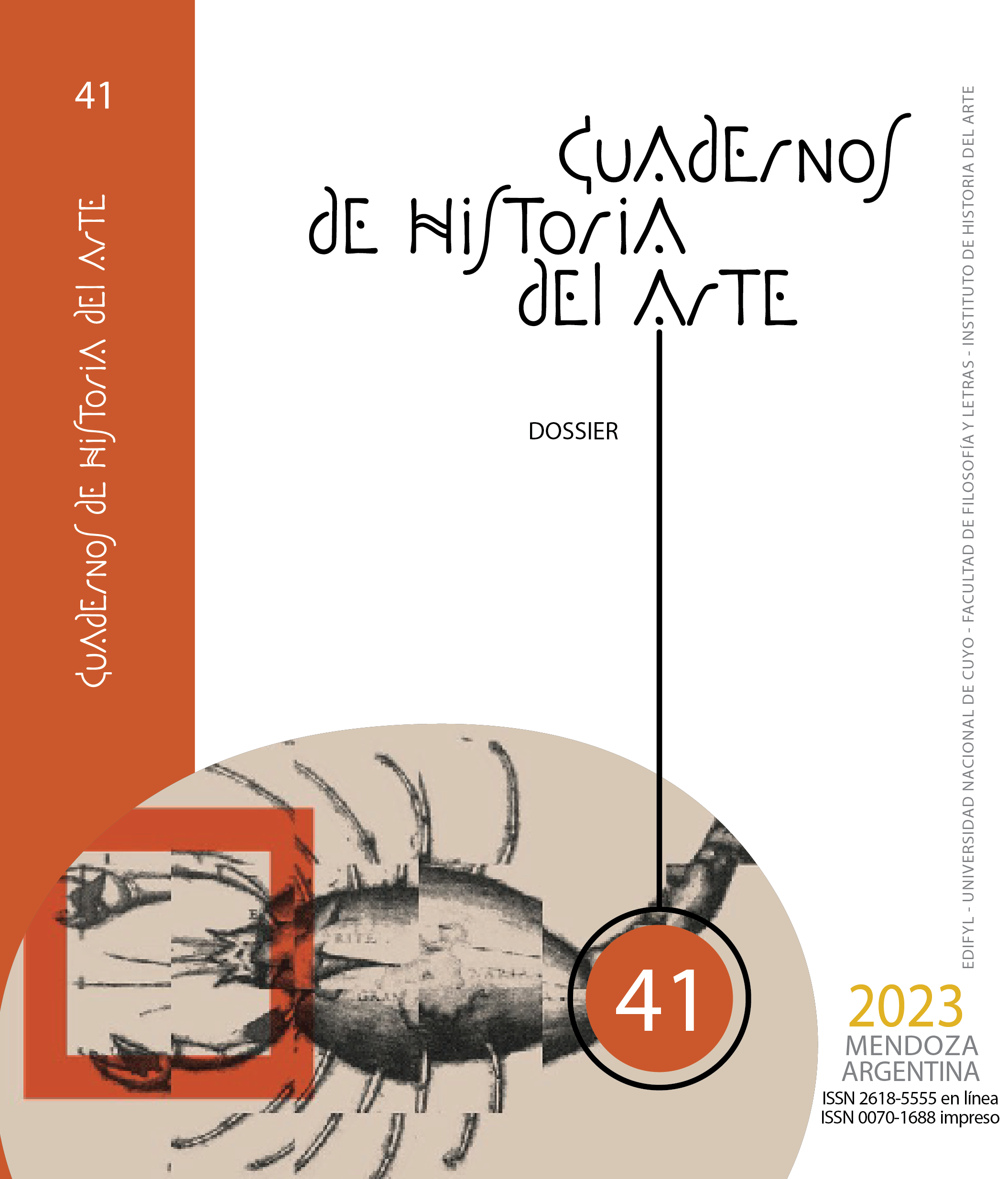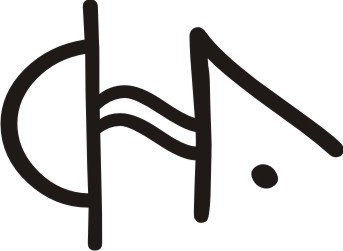New architecture boom and balance in museum management in Spain at the beginning of the 21st century (part II)
DOI:
https://doi.org/10.48162/rev.45.008Keywords:
design, architecture, museums, managementAbstract
This article aims to highlight the paradigm shift and evolution in standardized museum management models through the profound transformation of architectural designs, their influence on the community and on urban environments. Currently, we are the protagonists of change, in an information, knowledge and learning society, in which design and innovation are fundamental competitive elements. Creativity and exploration are highly valued abilities, understanding creativity as the ability to generate new ideas or novel applications of past ideas, as well as applying what is known to different contexts to provide useful answers. Raising awareness and enhancing cultural heritage for all population groups through the alternative exhibitions and their dissemination through communication and commercial strategies reinforces institutions, defines artistic projects and perpetuates heritage scientific dissemination.
References
Excmo Cabildo Insular de Tenerife, El plan estratégico del sector cultural de Tenerife, (Santa Cruz de Tenerife: Excmo. Cabildo Insular de Tenerife, 2010) 201–215.
Herzog y De Meuron, El proyecto arquitectónico, (Santa Cruz de Tenerife: Excmo. Cabildo Insular de Tenerife, 2004), 2–3.
TEA Tenerife Espacio de las Artes, Memorias, (Santa Cruz de Tenerife: Excmo. Cabildo Insular de Tenerife, 2001), 195–235.
TEA Tenerife Espacio de las Artes, Memorias (Santa Cruz de Tenerife: Excmo Cabildo Insular de Tenerife, 2003) 10–23.
Downloads
Published
How to Cite
Issue
Section
License
Copyright (c) 2023 Nuria Segovia Martín

This work is licensed under a Creative Commons Attribution-NonCommercial-ShareAlike 3.0 Unported License.
Los artículos enviados al Comité Editor del Instituto de Historia del Arte, para ser publicados, los autores reservan su derecho de propiedad, pero otorgan a la Editorial los derechos de impresión y aceptan la difusión tanto en papel, como en internet y en aquellos sitios virtuales de las cuales los CHA formen parte.

Esta obra está bajo una Licencia Creative Commons Atribución-NoComercial-CompartirIgual 3.0 No portada


















_00.07_.55_2.png)





